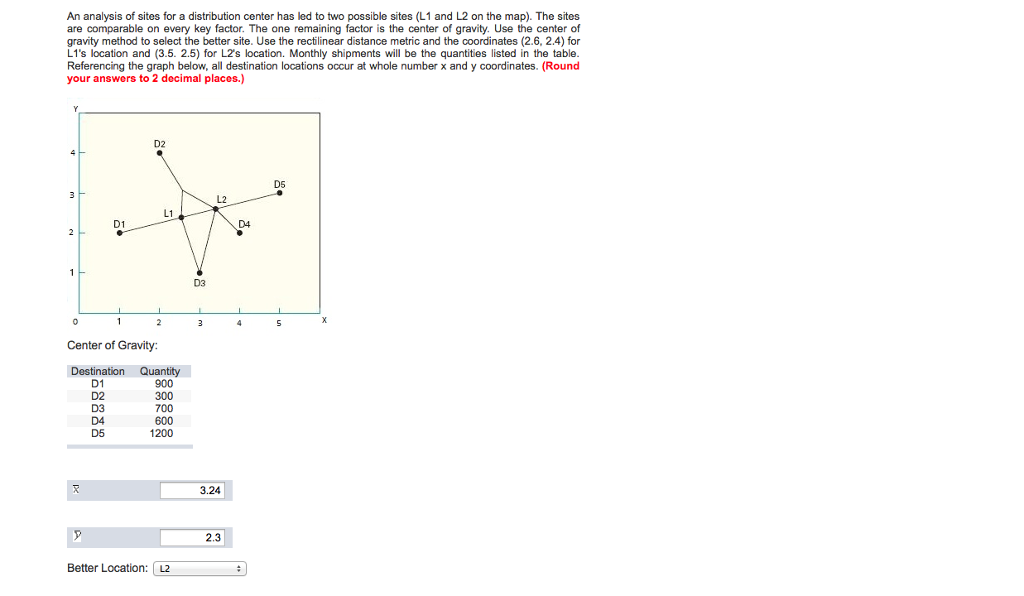
In the last 2 years, from 2018 to 2019, rainfall triggered landslides also caused 60 people to died, 30 people were injured, 5091 households were displaced, houses were damaged, and a widely cultivated and non-cultivated land was destructed in different parts of the country (Wubalem and Meten 2020). 2001 Woldearegay 2008 Ibrahim 2011 Meten et al. It has resulted in a loss of human and animal lives, damages in infrastructures and properties (Ayalew 1999 Temesgen et al. Heavy rainfall and earthquakes mostly trigger landslides in Ethiopia (Woldearegay, 2013). Globally, a landslide is causing thousands of victims and deaths, hundreds of billion dollars of damages, and environmental losses every year (Aleotti and Chowdhury 1999 Gutiérrez et al. The landslides activities in Ethiopia are mostly associated in northern, northwestern, central, southern, southwestern and the rift escarpments due to the presence of complex geomorphological setting, hydrological setting, geological setting, active geodynamic process and unplanned land use practice (Woldearegay, 2013). The natural slope will be destabilized by the natural and anthropogenic factors including improper land use practice, the presence of loss sediment, heavy and prolonged rainfall, highly weathered and fractured rocks, gully and riverbank erosion, earthquake, due to superficial soil-rock interfere and unplanned urban explanation (Woldearegay, 2013 Wubalem and Meten, 2020). It has occurred when the driving force exceeds the resistance force due to the destabilization of natural soil or rock slopes. The landslide susceptibility maps can be used for regional land use planning and landslide hazard mitigation purposes.Īs defined by Brunsden ( 1979) and Cruden ( 1991), landslides are the downslope movements of debris, rocks, or earth material under the influence of the force of gravity. From these resulted maps, it is possible to recommend, the statistical methods (Frequency Ratio, Information Value, and Certainty Factor Methods) are adequate to landslide susceptibility mapping. The results for the area under the curve (AUC) are 88.83% for the frequency ratio model, 87.03% for certainty factor, and 84.83% of information value models, which are indicating very good accuracy in the identification of landslide susceptibility zones of a region. The landslide susceptibility maps of the three models validated by the ROC curve. The landslide susceptibility maps of the Uatzau area were categorized into very low, low, moderate, high and very high susceptibility classes. The effects of the landslide factor of slope instability were determined by comparing with landslide inventory raster using the GIS environment. In this study, six factors, including lithology, land use/cover, distance to stream, slope gradient, slope aspect, and slope curvature were evaluated. Thus, 514 landslides were mapped, and out of which 359 (70%) of landslides were randomly selected keeping their spatial distribution to build landslide susceptibility models, while the remaining 155 (30%) of the landslides were used to model validation. The landslide inventory map was prepared from detailed fieldwork and Google Earth imagery interpretation. GIS-based frequency ratio, information value, and certainty factor methods were applied. Preparing a Landslide susceptibility mapping is imperative to manage the landslide hazard and reduce damages of properties and loss of lives.

Uatzau basin in northwestern Ethiopia is one of the most landslide-prone regions, which characterized by frequent high landslide occurrences causing damages in farmlands, non-cultivated lands, properties, and loss of life.


 0 kommentar(er)
0 kommentar(er)
